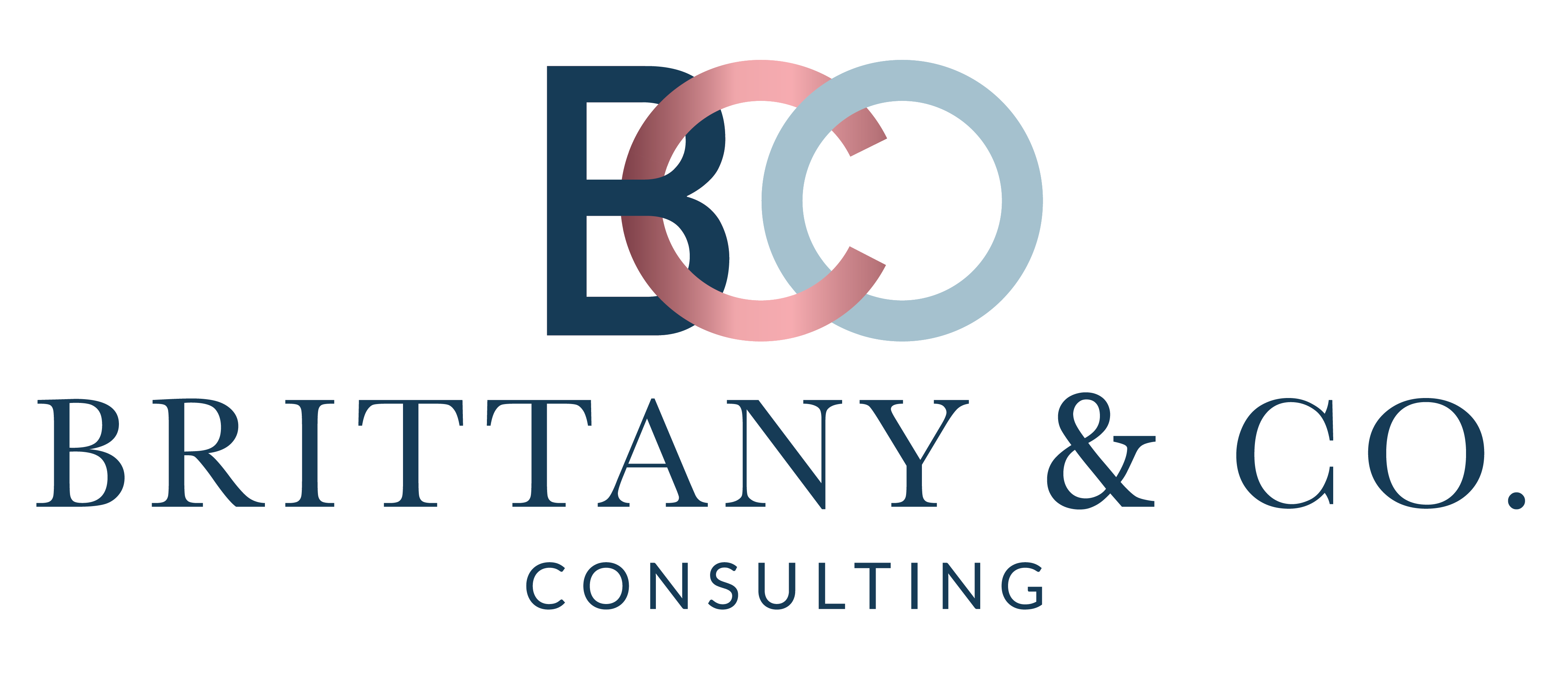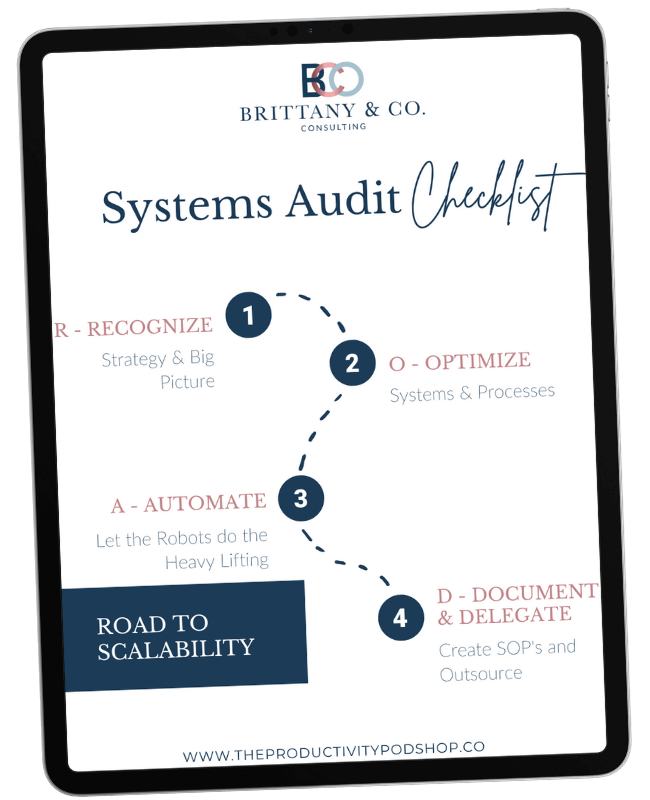Everyone’s racing to succeed in today’s world. Businesses and individuals alike are pushing the boundaries of growth and success. But as we reach for the stars, it’s crucial to remember the importance of sustainable progress. Growth at the cost of burnout or increased working hours isn’t genuine growth—it’s a potential recipe for decline. Therefore, it’s essential that your systems are aligned with your goals. Here’s how to ensure that your strategies and systems are designed for sustainable growth without leading to overwork and burnout.
1. Understand the Importance of Sustainability
Before implementing any system, it’s crucial to recognize the importance of sustainable growth. Sustainable growth is about progressing at a pace that allows for consistency, innovation, and long-term prosperity, without overwhelming resources or personnel.
2. Audit Your Current Systems
Conducting a comprehensive audit is the first step in ensuring your systems are aligned with sustainable growth. Identify any processes that promote overwork, have redundant steps, or lack clear objectives. By streamlining these processes, you can achieve better outcomes with less effort.
3. Implement Automation Where Appropriate
Modern technology provides us with tools that can significantly reduce the manual workload. By automating repetitive tasks, you not only save time but also reduce the risk of errors and burnout. However, it’s vital to strike a balance. Automation should aid human efforts, not replace the need for critical thinking and strategy.
4. Prioritize Work-Life Balance
Any system that demands constant overwork or excessive hours is flawed. Ensure that your strategies encourage breaks, relaxation, and personal time. Recognize that long-term productivity is often about quality, not just quantity.
5. Set Clear and Realistic Goals
Setting unrealistic goals can quickly lead to disappointment and burnout. Ensure that your objectives are clear, measurable, and achievable within a reasonable timeframe. Regularly review and adjust them according to the current circumstances.
6. Invest in Continuous Learning and Training
The world is always evolving, and so should your systems. Regular training sessions can help teams remain updated with the latest tools and strategies, ensuring they are well-equipped to support sustainable growth.
7. Encourage Feedback and Communication
A system can only be improved when its flaws are recognized. Encourage open communication within your team. Listen to concerns, suggestions, and feedback. When employees feel heard, they are more invested in the company’s growth and well-being.
8. Monitor and Adjust
Regularly review your strategies and systems. Track key performance indicators (KPIs) that highlight the effectiveness of your processes. If something isn’t working, don’t hesitate to adjust. Flexibility is key to sustainable growth.
In Conclusion
Growth is a journey, not a race. The goal should always be to create a balance that fosters consistent progress without overburdening resources or individuals. Ensuring your systems support this philosophy will pave the way for everyone involved’s long-term success, innovation, and well-being. Remember, sustainable growth is about thriving, not just surviving.








